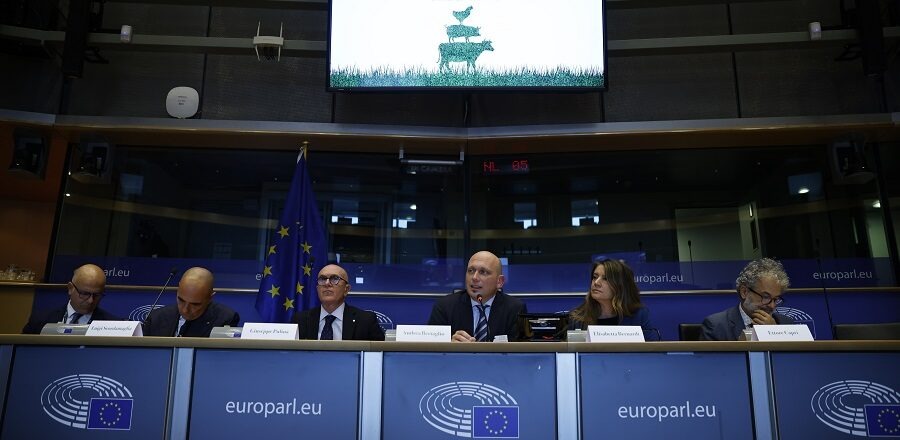
Now for Greenpeace even smog is farmings’ fault
According to Greenpeace, animal farms (intensive ones, of course) are the main culprits of climate sins (and not only) that afflict us. However, the reality is different: ISPRA data show that for the primary particulate matter (PM10 and PM2.5) the influence of farms is of little importance.
The latest remark of the livestock sector’s detractors, in days of smog, is that farms are the most important contributors to the accumulation of smog and particulates (the so-called PM10 and PM2.5) which tend to form the most dangerous part of this winter enemy. To corroborate this “news”, Greenpeace cites the ISPRA report (National Inventory Report, 2019) according to which “animals in the stables are responsible for 15.1% of the pollution by 2.5 pm”, with data that exceed all other sectors, except domestic heating.
#Agriculture (all, including #AnimalHusbandry) represented 11.7% of #PM10 and 3.2% of PM2.5, a total of 7.7% of the #particulate emitted in Italy in 2017. Click To TweetI understand that reading the ISPRA report carefully is a laborious job and that some competence is needed to do it, but reporting totally invented data does not help Greenpeace‘s cause (and its many and largely shareable battles).
Let’s put some numbers in order: in 2017 196,000 tons of PM10 and 165,000 tons of PM2.5 were spilled into the Italian air, for a total of 361,000 tons of fine dust (almost 6 kg / year per inhabitant), with a decrease of 33% and 28% respectively compared to 1990 (in that year we breathed over 9 kg of fine dust per person in Italy).
#Agriculture and #livestock contribute little and in a decreasing way to #smog, while other sources today represent more than 92% of #particulate matter (PM) #emissions. Click To TweetAgriculture (all, including animal husbandry) represented 11.7% of PM10 and 3.2% of PM2.5, a total of 7.7% of the fine dust emitted in Italy in 2017, with an overall reduction, from 1990 to today, of 12,000 tons poured into the atmosphere. In comparison, combustion in non-industrial plants increased from 135,000 tons in 1990 to 227,000 tons in 2017, making up 62.9% of fine particles.
So: agriculture contributes little and in a decreasing way to smog, while other sources today represent more than 92% of particulate matter (PM) emissions. This is why the London fog was fought by breaking down the coal fireplaces and certainly not farms. British people of that time, even in the fog, had a clearer view.





